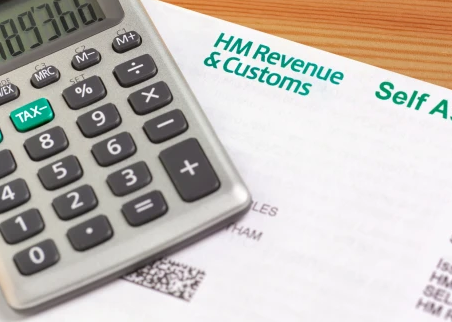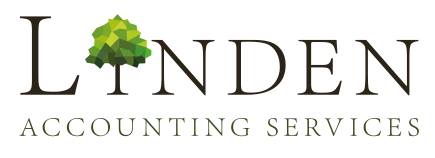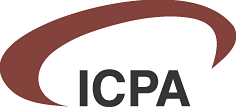Important changes to the tax system affecting the self employed employed including partnerships
- by Robert Eadie
- •
- 16 Feb, 2023
- •

Most traders will be aware of proposed changes to the way in which they need to report their trading results to HMRC as a result of “Making Tax Digital” or MTD as it is often known.
What many owners of unincorporated businesses, including partnerships, may not be aware of is that some of the changes associated with MTD may actually impact them in the forthcoming tax year ended 5th April 2024 (commencing in April 2023).
The changes concern the accounting date to which a business prepares its annual accounts and it’s important that unincorporated traders are aware of them. As HMRC have already announced:
“This measure is expected to have a significant impact on all self-employed traders and partners with trading income who do not currently draw up their accounts to 5 April or 31 March. There are an estimated 528,000 sole traders and partners with non-tax year basis periods.”
Despite this affecting hundreds of thousands of people HMRC appears not to be conducting a publicity campaign to make them aware of how this affects them or of the impact of the changes.
These changes affect the tax basis under which profits are assessed which will be moving from the current year basis to the tax year basis which will generate additional tax and national insurance liabilities over and above what they might otherwise expect.
Affected businesses should be seeking the advice their accountants to understand how this affects them and the amount of tax they pay. The mechanisms for effecting the change of basis are technical and relatively complex yet failure to follow them could result in businesses suffering interest and penalties for late payment and incorrect submissions.
Under the current system businesses are, usually, assessed on the profits of their business arising in the accounting period ending in that year of assessment, known as the current year basis.
From the tax year 2024/25 or April 2024 businesses must report their profits on what will be known as the tax year basis which effectively means for the tax year i.e. from 6th April to the following 5th April.
For this purpose HMRC will treat any business which prepares accounts in the period between 31st March to the 5th April, as having an accounting date or year-end of 5th April for tax purposes. So, an accounting year end of 31st March is treated as coterminous with the tax year ended 5th April.
It will still be possible to have an accounting period not aligned with the tax year but in that case the business will need to apportion the profits from different accounting periods to calculate the taxable profits of the tax year. This will be a time-consuming and possibly complicated and expensive process which may involve the use of estimates where actual figures are not available increasing the risk of interest charges and late payment penalties.
For this reason most businesses not already using an accounting period between 31st March and 5th April will probably want to synchronise their accounting periods with the tax year basis.
To implement the change of basis the tax year ending 5th April 2024 will be treated as a transitional year in which businesses can synchronise their accounting period to the tax year basis.
This will generally be achieved by extending the trade’s existing accounting year end for the year ended 5th April 2022 to a date between 31st March and 5th April 2024 which will involve creating a basis period longer than 12 months.
This period will be apportioned between one period of 12 months (the standard period) and a further period covering the period to the end of the tax year known as the “transitional” period, the profits of which will be reduced by any available overlap relief.
It’s important to note that the transitional period’s profits will not be included in the adjusted net income figure for the purposes of calculating the High Income Child Benefit Charge although there is uncertainty whether it should be included for the purposes of reducing personal allowances for high earners.
If the profits of the “transitional” period less overlap relief are positive then there will be income spreading provisions that will spread the adjusted “transitional” profit over five years beginning with that for the year ended 5th April 2024. Income spreading is intended to ameliorate the impact of including the “extended period” profits together with the “standard” profits in calculating tax liabilities for the transitional year.
If the profits of the “transitional” less overlap relief are negative then that loss will set off against the profits of the “standard” period or if no profits are available treated as a terminal loss making carry-back relief available.
For any year in which an addition under the income spreading provisions applies it will be possible to make an election to bring any specified amount of additional income subject to the spreading provisions for future years into the taxable profit of that current year. This would be known as an “election to accelerate charge”.
As will be appreciated the change of basis period to the tax year basis is a complex and technical subject. This article was produced for illustrative purposes only and includes simplification of some detailed issues for reasons space and brevity and in particular some of the more complicated computational issues.
This article is not intended to be a detailed guide covering all of the issues involved in the transition to the tax year basis and as such no liability can be accepted in relation to it for any purpose other than for illustrative purposes.
It is therefore important that professional advice be sought before taking action in respect of these new provisions.
If you need help or advice on any of these issues please do not hesitate to telephone us on 0161 485 3027 and we will be pleased speak to you.





